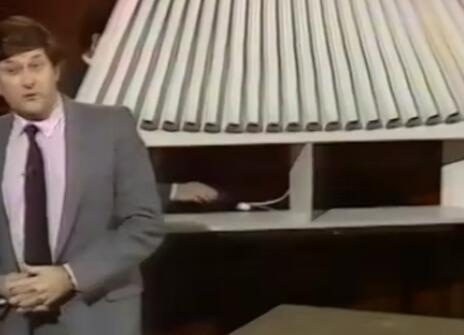Lecture 6 – Crystals, lasers and the human body
From the programme:
In our final lecture, we highlight the significance of the occurrence of crystals in living matter. We also focus on the way lasers have contributed both to our understanding and treatment of many of the diseases that afflict human beings.
Crystalline arrangements of molecules are found in the living world not only in the normal healthy state of bones and muscles, tendons and teeth, but also in association with conditions such as gout, osteoarthritis and muscular diseases. One of the scientific challenges of the age is to design and rebuild human bones that may be used in hip-replacement operations.
Laser light can be piped via optical fibres into various parts of the body thereby affording unique insights into the mechanisms of a range of life processes as well as offering a means of curing hitherto intractable conditions. Lasers can be used as cutting tools; those that operate in the infrared are often employed for this purpose. More recently, ultraviolet lasers have been used to cause ‘ablation’ of tissue in which the surface, for example of a blood vessel, irradiated with such a laser disappears without any rise in temperature. This painless removal of tissue has great promise in medicine. By labelling some diseased tissue, notable that which is cancerous, with particular dyestuffs, selective destruction of this can be achieved using red lasers. This technique, known as photodynamic therapy (PDT) will be demonstrated. Other uses of light in medicine will be illustrated.
About the 1987 CHRISTMAS LECTURES
From the 1987 lecture programme:
"Crystals first appeared on earth many millions of years before the emergence of life. The first laser, however, based on a man-made crystal of ruby, was fashioned less than thirty years ago. Nowadays, crystals and lasers play crucial roles in the design of new materials, in the expanding world of communications, in medicine and environmental science and in the quest for better, cleaner forms of energy. They also function as the picot for a wide range of fundamental scientific studies."
In this series of six CHRISTMAS LECTURES, Professors John Meurig Thomas and David Phillips explore the science and applications of crystals and lasers, reviving some of the key experiments from the history and evolution of physical sciences and exploring what the future might bring.




